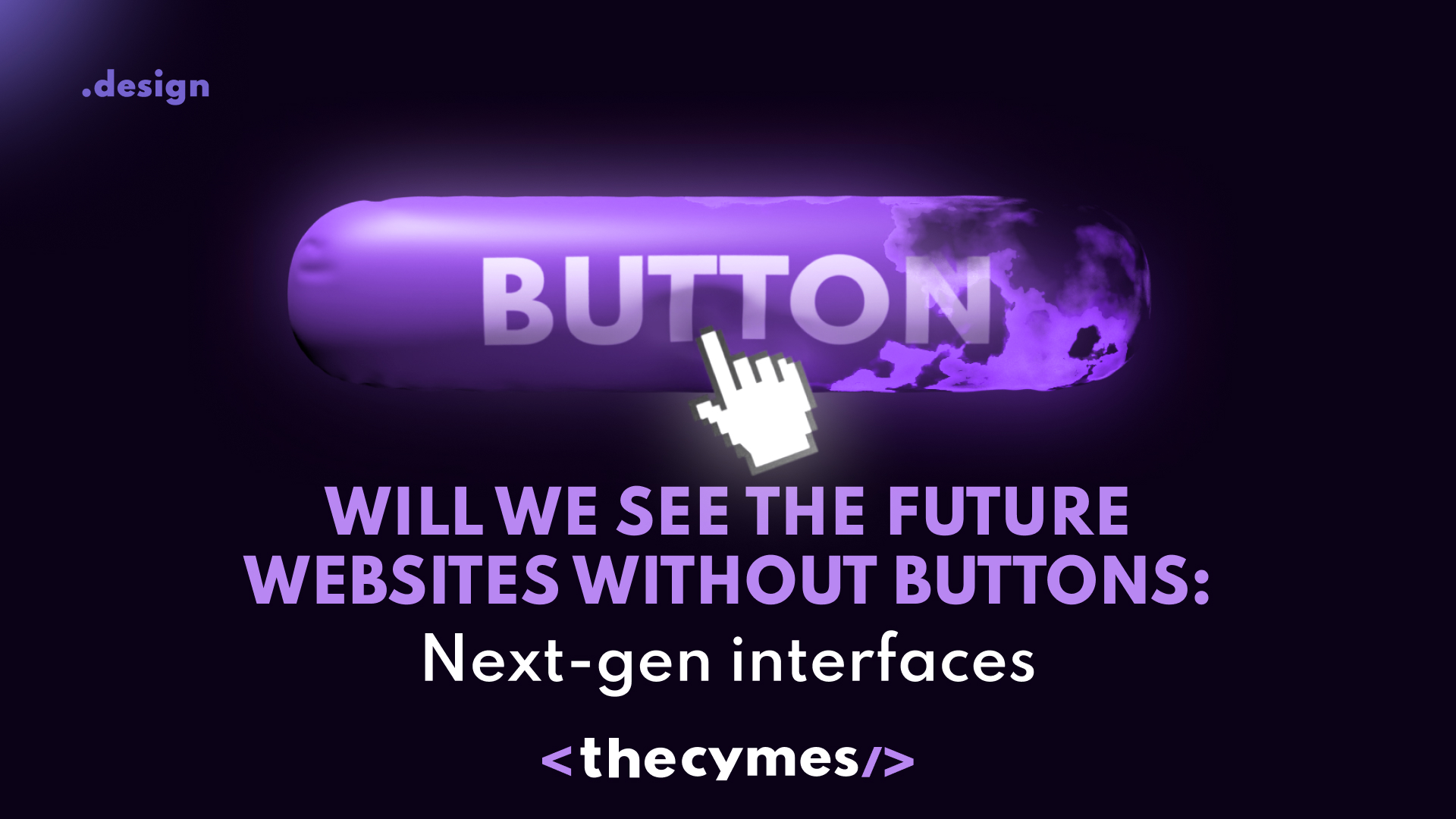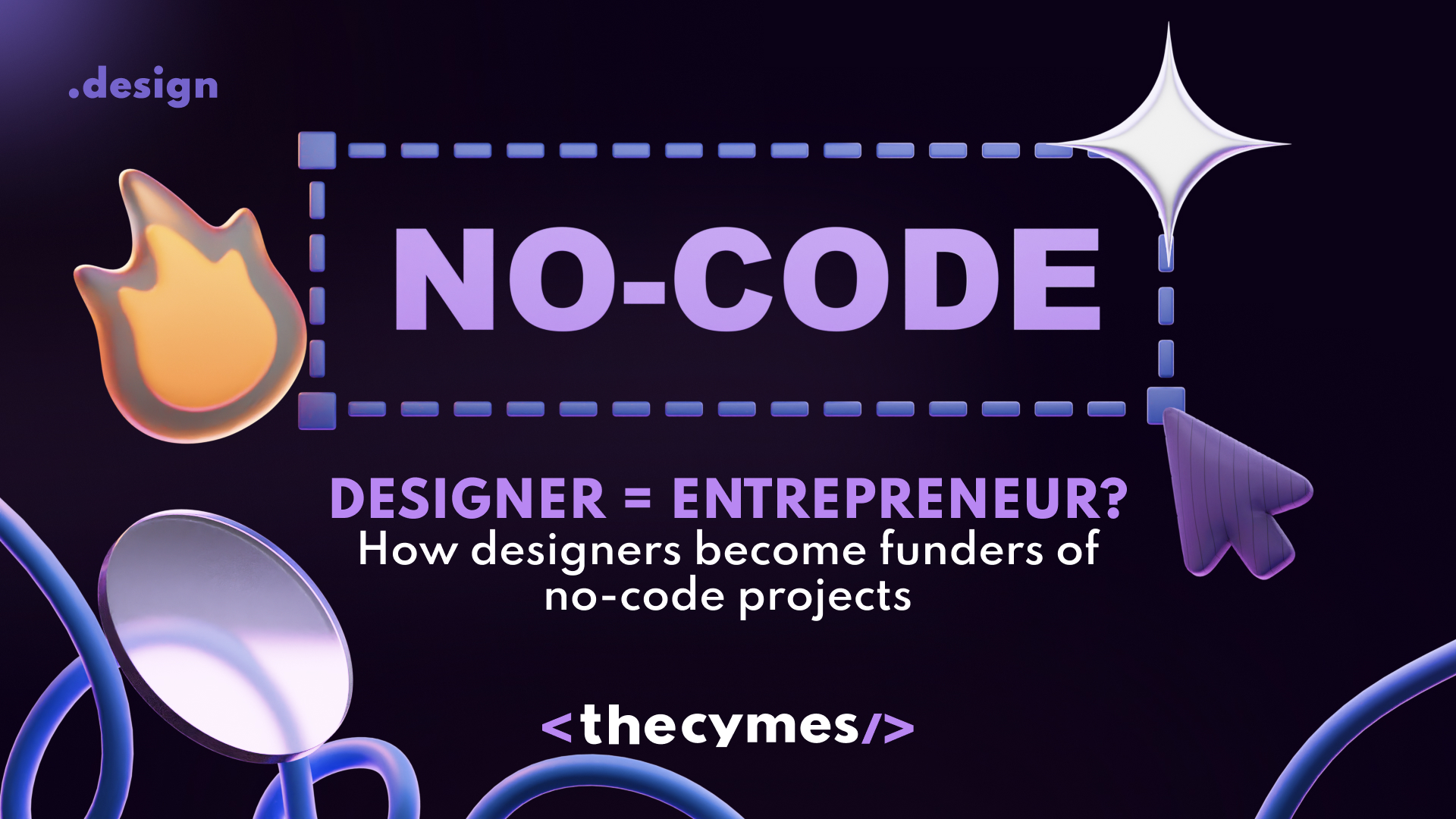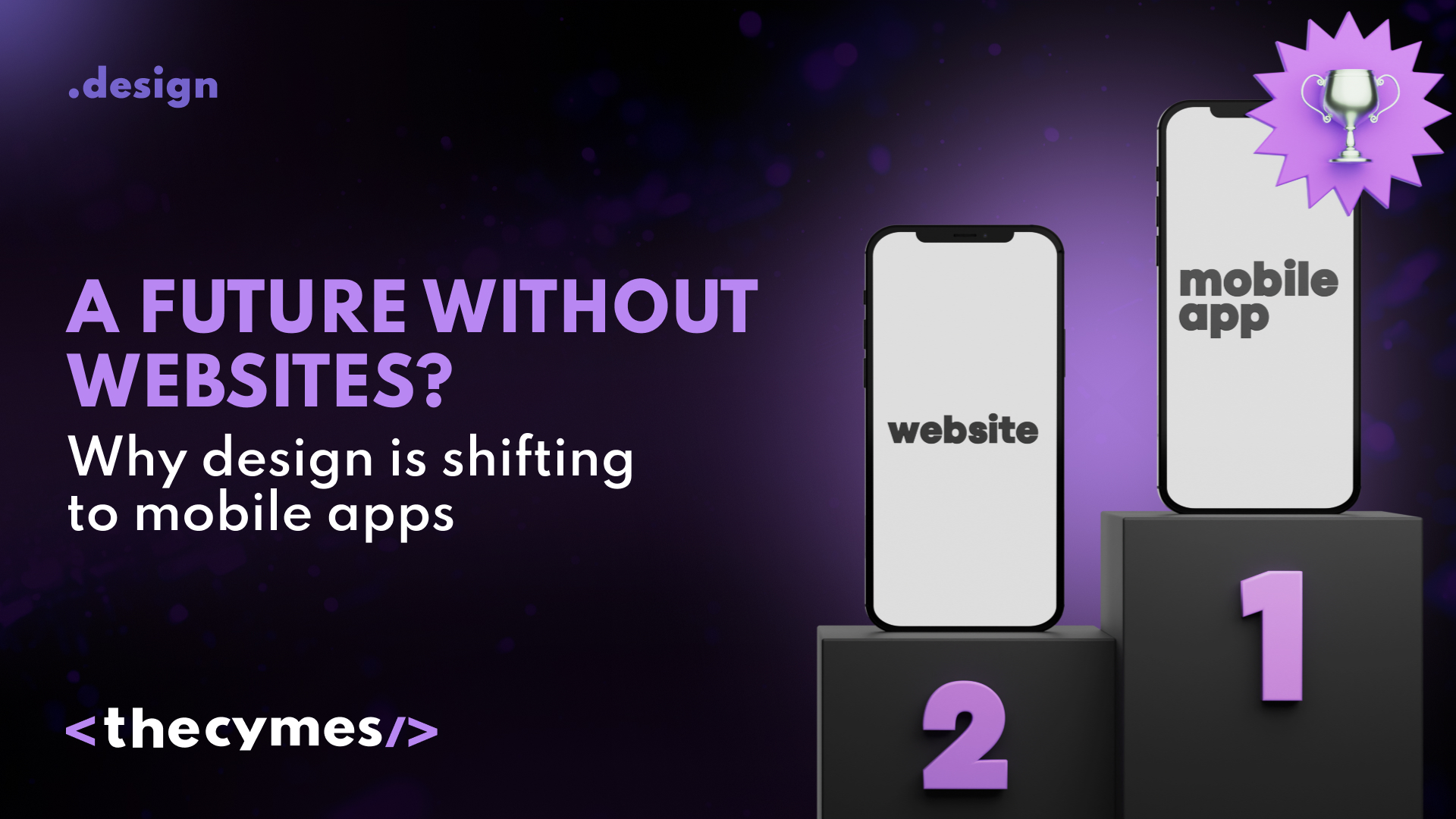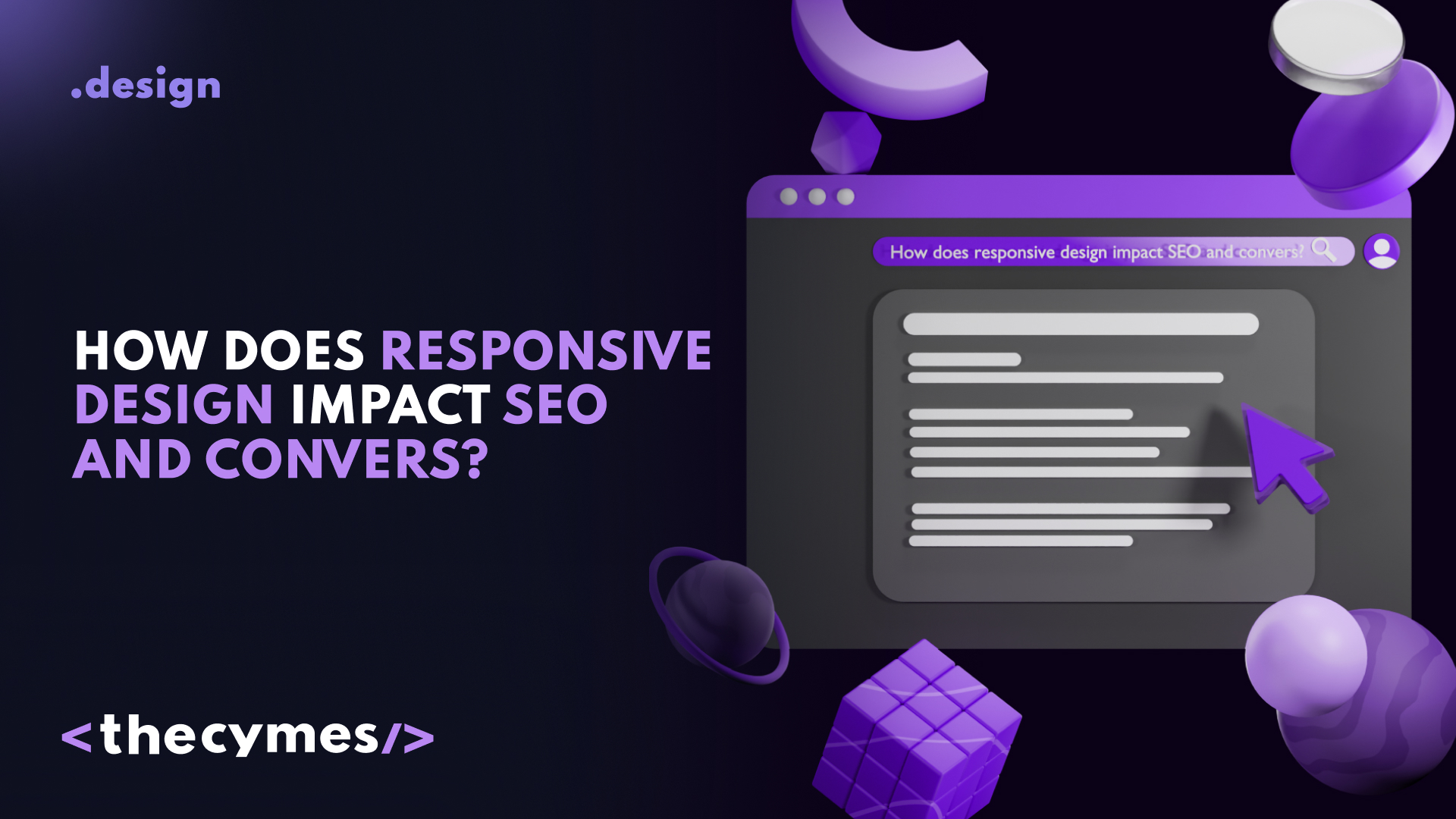Table of Content
Will we see the future websites without buttons: Next-gen interfaces
/>What will be the future of web design in 2025? Let's figure it out in our latest article!Are buttons becoming a thing of the past?
Technology evolves fast, and so do the ways we use it. From the early days of desktop computing to today's smart devices and immersive experiences, how we interact with digital content has seen a massive shift. For the longest time, buttons were the cornerstone of web and app interfaces. Need to sign up? Click the button. Want to buy something? Hit that CTA.
But as we head into a world shaped by artificial intelligence, voice control, gestures, and virtual spaces, it begs the question: Are buttons still the future? Or are we slowly moving toward a more fluid, hands-free, and intuitive way of navigating the web?
In this article, we’ll take a deep dive into how user interfaces are evolving, explore the technologies pushing the boundaries, and look at what this shift means for accessibility, design, and user experience.
Why it worked so well
The classic web experience
Buttons have been the digital equivalent of giving instructions. They’re clean, simple, and universally understood. You click, you act, something happens. They’re central to all kinds of user journeys—from filling out forms to completing purchases.
Designers have improved button aesthetics over time, adding animations, shadows, and hover effects. But functionally? They haven’t changed much. And that’s kind of the problem.
Where buttons fall short
Despite their ubiquity, buttons aren’t perfect:
- Accessibility: Users with motor impairments, visual challenges, or cognitive conditions can struggle with button-heavy interfaces.
- Overload: Many websites offer too many clickable options, leading to decision fatigue.
- Mobile real estate: On small screens, buttons compete for space, often resulting in cluttered designs or frustrating UX.
The truth is, that buttons are useful, but they’re not always user-friendly. And as tech becomes more human-centered, alternative input methods are starting to make more sense.
The rise of buttonless interfaces: What’s next?
We’re seeing a new generation of interface styles that aim to go beyond buttons—and even beyond touchscreens.
1. Voice User Interfaces (VUIs)
Virtual assistants like Alexa, Google Assistant, and Siri have opened up a new way of interacting with technology. Voice commands are no longer a novelty—they’re becoming part of everyday life.
Advantages:
- More accessible: Great for people with disabilities or for hands-free scenarios.
- Efficiency: Speeds up interactions, especially for quick tasks like setting reminders or searching.
Challenges:
- Accuracy issues: Voice tech can misinterpret accents, tone, and ambient noise.
- Privacy concerns: Users worry about being constantly "listened to."
- Adoption gaps: Not everyone is comfortable talking to devices, especially in public spaces.
In Web Design? Voice is starting to appear in search interfaces, customer service bots, and even form-filling tools.
2. Gesture-based interfaces
Think of Minority Report or modern gaming consoles—gesture recognition lets users interact with devices using body movements, without touching a screen.
Advantages:
- Natural interaction: Mimics real-world gestures, making experiences more immersive.
- Great for AR/VR: Ideal in spatial environments where buttons don’t make sense.
Challenges:
- Learning curve: Users need to know what each gesture does.
- Environmental limits: Poor lighting or restricted space can reduce accuracy.
Gesture controls are already being tested in smart TVs, gaming consoles, and automotive UIs, and they’re likely to spread to consumer websites soon.
3. Eye-tracking technology
This cutting-edge tech follows where your eyes go and translates that attention into action—without clicks. Eye-tracking can adjust content based on gaze or trigger responses when a user focuses on something for a set amount of time.
Advantages:
- Intuitive navigation: You look at something, and it reacts.
- Useful for accessibility: Great for users who can’t use traditional input devices.
Challenges:
- Hardware dependency: Requires cameras or sensors, which aren't standard (yet).
- Privacy: Gaze data is highly personal and needs to be handled with care.
Eye-tracking could be huge in e-commerce, gaming, and education—imagine a website that changes layout based on what you’re interested in.
4. Augmented & Virtual Reality (AR/VR)
In immersive environments, buttons can feel clunky or irrelevant. AR/VR shifts interaction into 3D space—where you can grab, push, or manipulate digital elements like physical objects.
Advantages:
- Immersion: Users feel part of the content.
- Natural behavior: Gestures replace menus, and movement replaces clicks.
Challenges:
- Expensive setup: Not everyone owns a headset or AR-enabled phone.
- User comfort: Prolonged use can cause dizziness or fatigue.
While still a niche, AR/VR interfaces are quickly finding their way into virtual showrooms, online learning, therapy apps, and games.
Buttons vs. other interfaces: A quick comparison
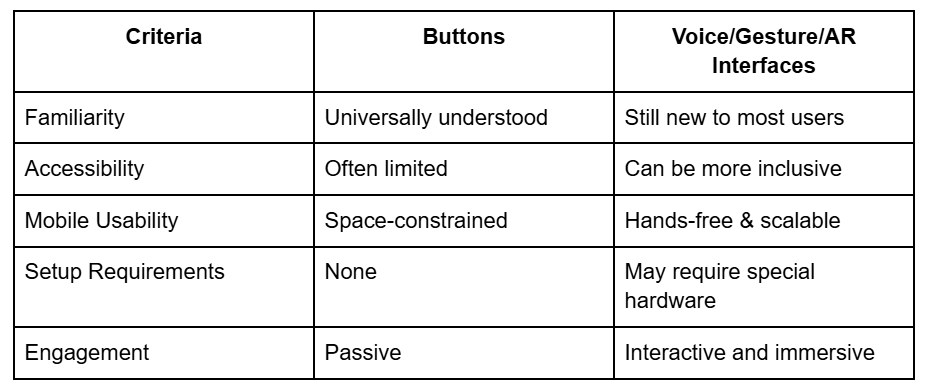
What this means for designers
1. UX needs to be rethought
Instead of leading users through a path of clickable steps, designers will have to build experiences that respond to intention, context, and behavior.
- Micro-interactions and feedback cues will be more important than ever.
- User flows may no longer be linear; they’ll need to adapt in real-time.
2. Accessibility has to be at the core
The buttonless design has the potential to improve accessibility—but only if it’s done with empathy and research. Think voice navigation for visually impaired users or gesture-based controls for those with limited mobility.
3. Testing will Be crucial
As we move into unfamiliar territory, designers will need to rely heavily on user research, A/B testing, and real-world feedback to shape interfaces that actually work.
4. Multidisciplinary teams are a must
Voice design needs linguists. Gesture design needs motion experts. AR/VR needs 3D artists. Web design is no longer just HTML and CSS—it’s a melting pot of disciplines.
5. Culture and context will matter more
Global UX will look different across cultures. In some countries, users love voice tech; in others, it’s avoided. Understanding local behaviors and values will be vital in designing interfaces that resonate.
Preparing for a buttonless future
- Stay curious: Experiment with new interaction models.
- Collaborate more: Get designers, devs, researchers, and product folks in the same room.
- Put users first: Don’t ditch buttons just for the sake of innovation. Ask users what they want.
- Focus on accessibility: Use new tech to bring more people into the fold, not leave them out.
Final thoughts
Are buttons going away tomorrow? Probably not. But they are becoming less central to the web experience. As technology becomes more intuitive, and as users expect more natural ways to interact, the traditional UI might just become the backup—not the main act.
The question isn’t if we’ll see websites without buttons—it’s when, and more importantly, how we’ll design for them. The future of interfaces isn’t just about new tools—it’s about making the digital world feel more human.
Let’s design for that.
